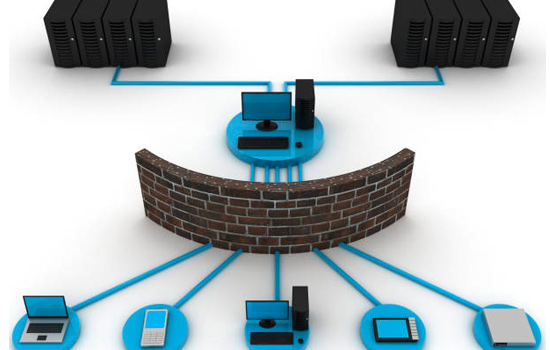Effective communication is the backbone of any successful business. As technology advances, the importance of having a reliable and up-to-date communication system becomes increasingly evident. An outdated communication infrastructure can hinder productivity, collaboration, and customer satisfaction. The move to an online presence and remote working make effective and efficient internal and external cloud communications essential.
Recognising the signs that indicate it’s time for an upgrade to cloud communications is crucial for staying competitive in today’s fast-paced business environment. Here are six key signs that suggest your organisation should consider upgrading its communication system:
1. Outdated Hardware and Software
One of the most obvious signs that it’s time to upgrade your communication system is the use of outdated hardware and software. Often, the “It ain’t broke, so don’t fix it” mantra applies. You are also worried about the effects of downtime while new systems are installed. Costs can also be a factor in today’s environment.
Many businesses still have, and might even use non-digital legacy phone systems and communication tools like fax machines. In general, they lack the features and capabilities necessary for modern business needs. They don’t support the interactive and Internet-based capabilities of cloud communications.
If your employees are still using traditional desk phones with limited functionalities, or if your software applications are no longer receiving updates and support, it’s a clear indicator that an upgrade is overdue. Upgrading to the latest hardware and software ensures that your business can take advantage of advanced features, security patches, and integrations with other business tool.
2. Inadequate Flexibility and Scalability

Businesses grow and evolve, and your communication system should be able to scale alongside your organisation. If your current system is struggling to accommodate new users, locations, or increased communication demands, it’s a sign that an upgrade is necessary. Another indicator is increasing support and maintenance costs.
A characteristic of today’s business environment is rapid change. Legacy systems cannot meet these demands.
A scalable communication system allows for seamless expansion without compromising performance. Whether you’re opening new offices locally or globally, hiring more employees, or entering new markets, a modern communication system should provide the flexibility to adapt to the changing needs of your business.
3. Limited Collaboration Features

In today’s interconnected and globalised business landscape, effective internal and external collaboration is essential. If your current communication system lacks collaboration features such as video conferencing, instant messaging, and file sharing, it’s time to consider an upgrade.
Modern cloud-based communication platforms offer integrated collaboration tools that facilitate real-time communication and collaboration among team members, regardless of their physical locations. Enhancing collaboration capabilities can lead to improved efficiency, faster decision-making, and a more engaged and connected workforce.
It also improves engagement with current and potential customers who expect such advanced features.
4. Poor Integration with Other Systems

Efficient business operations often rely on the seamless integration of various systems and applications. If your communication system operates in isolation and struggles to integrate with other business tools, it can create silos of information and hinder workflow efficiency.
The ability of customer support to have immediate access to customer and order information is becoming more-and-more essential in todays culture of immediacy.
Upgrading to a communication system that seamlessly integrates with customer relationship management (CRM) software, project management tools, and other essential applications can streamline processes and provide a more unified and connected work environment. It can also reduce operational costs.
5. Rising Maintenance Costs

As communication systems age, the cost of maintenance and repairs tends to increase. If your organisation is experiencing escalating maintenance costs for your current communication infrastructure, it may be more cost-effective to invest in a modern, efficient system. Technical expertise and spare parts might not be available.
Newer systems are designed with improved reliability and reduced maintenance requirements, leading to long-term cost savings. Additionally, upgrading can help avoid the challenges associated with finding replacement parts and support for obsolete equipment.
6. Customer Dissatisfaction

Customer satisfaction is closely tied to effective communication. If your customers are experiencing difficulties reaching your team, encountering dropped calls, or facing delays in response times, it’s a clear signal that your communication system may be failing to meet their expectations. An upgraded communication system with features like interactive voice response (IVR), call routing, and integrated customer service tools can enhance the customer experience and contribute to increased satisfaction and loyalty.
In conclusion, recognising the signs that indicate the need for a communication system upgrade is crucial for maintaining a competitive edge in today’s business environment. Whether it’s outdated hardware and software, inadequate scalability, limited collaboration features, poor integration with other systems, rising maintenance costs, or customer dissatisfaction, these signs highlight the importance of investing in a modern and robust communication infrastructure. Upgrading your communication system not only ensures that your business stays technologically competitive but also enhances overall efficiency, collaboration, and customer relations, contributing to long-term success and growth.



Leave a Reply